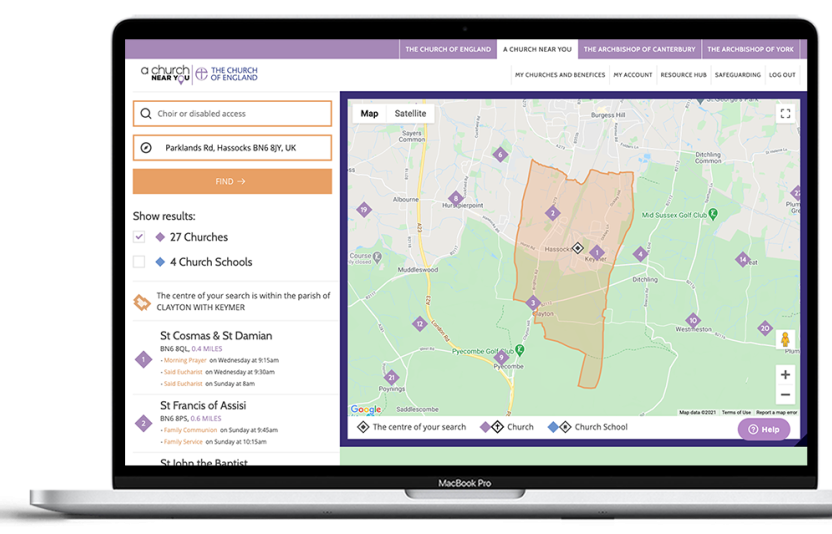Developing a chaplaincy communications strategy
Where to start?
It's important to tie this in with your overarching aims as a chaplaincy. Communications is about helping your chaplaincy to reach its goals and objectives, it's not appropriate that the communications strategy leads on that. Building an effective communications strategy starts with pulling from your chaplaincy's aims; "Who do we want to reach (your target audiences), and what actions do we want those people to take (your goals)?"
Then ask, "How can the resources and tools available to us (social media, local tourist offices) help us to reach our audience and thence to reach our goals?"
Goals and objectives
Principles of good communications objectives are:
- They derive from your wider chaplaincy objectives.
- The two key questions in this process are “what is the chaplaincy trying to achieve?” and “how can our communications help do it?” They focus not just on outputs (how many leaflets, posters or social media posts are shared) but also on outcomes (the behaviour or action you wish to see in your audience).
- They focus your activity, so there should not be too many of them. Aim for five or less. The more specific and measurable you make them, the more focused and efficient your communications will be.
Below are some examples of what communications can help with, in a chaplaincy context:
- Increase the intended audience’s knowledge and awareness of the chaplaincy.
- Increase the intended audience’s awareness of a chaplaincy project/event/activity.
- Influence attitudes that may change social norms (being more eco-conscious, etc).
- Prompt action (donate to the chaplaincy, etc).
- Demonstrate or illustrate what a Christ-centred life looks like.
- Advocate a position on local social issues.
Use the template below to help you draft your communications objectives.
Attachment
Identify audiences
What audiences do you want to reach? You may want to touch multiple audiences to fulfil the same goal (i.e. grow the congregation, more attendees at your fundraiser event). While your goal may be the same, you should tailor the messaging to the audience.
To tailor the messages, work out where does that audience find their information from - is it local facebook groups, noticeboards, newsletters, and then make sure your tailored messages are in those areas.

